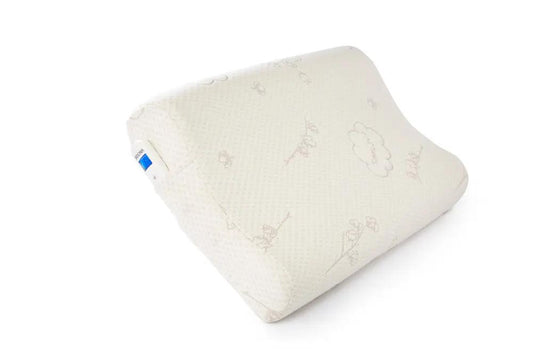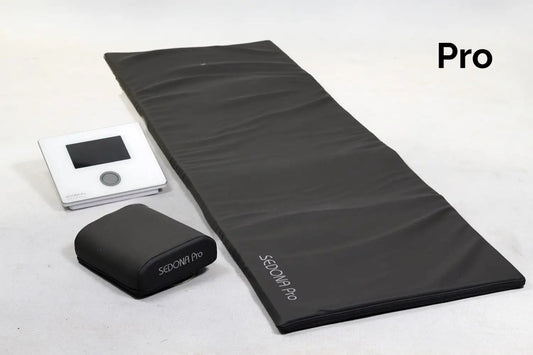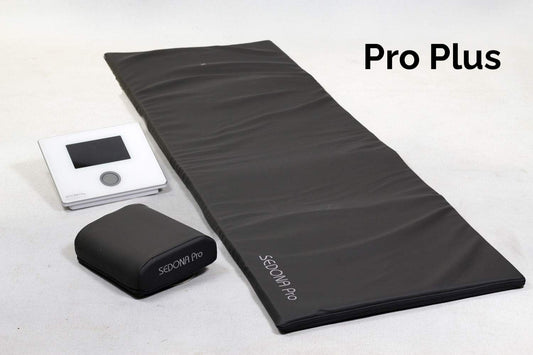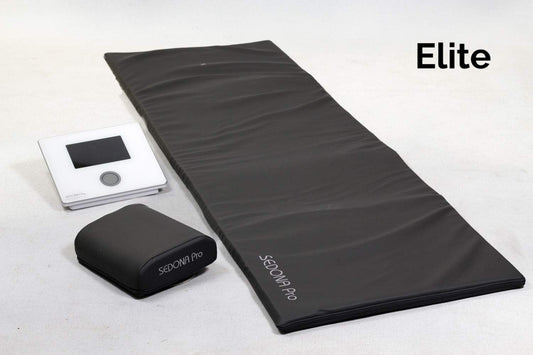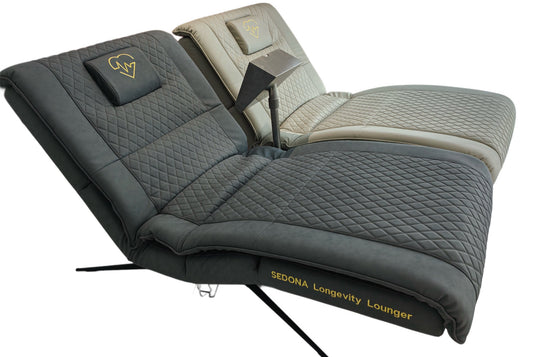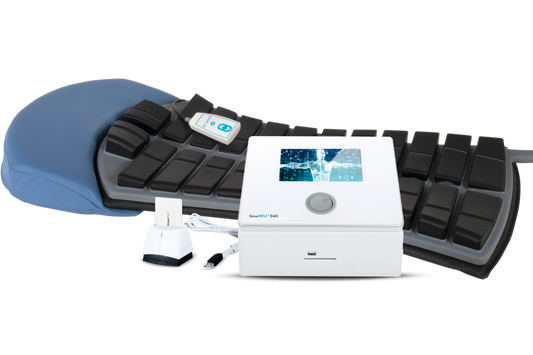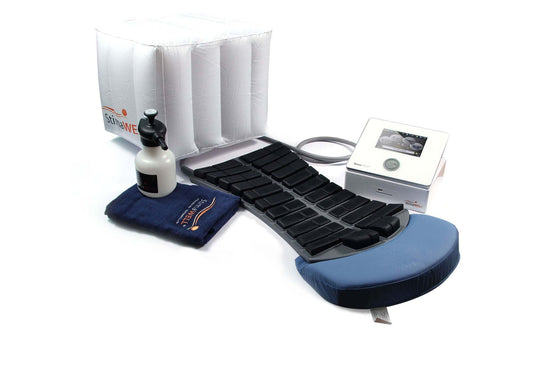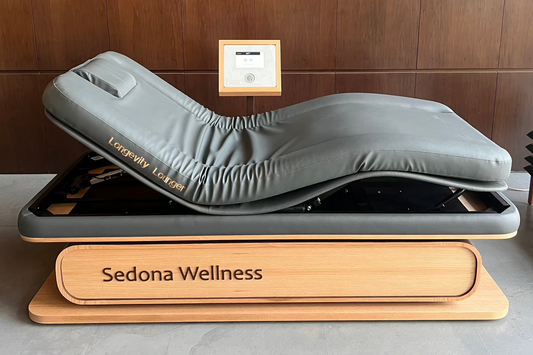
PEMF THERAPY FOR PSEUDOARTHROSIS
PEMF (Pulsed Electromagnetic Field) therapy is an advanced treatment option increasingly recognized for its effectiveness in managing pseudoarthrosis, a condition characterized by non-union or delayed healing of bones after a fracture. This non-invasive therapy uses electromagnetic fields to stimulate bone growth and healing at the cellular level. A PEMF mat can provide targeted therapy to enhance the body's natural healing processes, making it an essential tool for anyone dealing with pseudoarthrosis. Here’s how PEMF therapy can help with this condition and why investing in a PEMF mat could be a significant step towards recovery.
Understanding Pseudoarthrosis and PEMF Therapy
Pseudoarthrosis occurs when a bone fracture fails to heal properly, leading to pain and dysfunction that can severely impact quality of life. Traditional treatments for pseudoarthrosis typically involve surgery, bone grafting, and immobilization. PEMF therapy offers a less invasive alternative by using electromagnetic fields to promote bone healing and repair.
How PEMF Therapy Helps with Pseudoarthrosis
Stimulation of Bone Healing:
PEMF therapy has been clinically recognized for its ability to enhance bone healing. The therapy emits electromagnetic fields that stimulate osteoblast activity (bone-forming cells) and enhance the cellular processes involved in bone repair. This can be particularly beneficial in cases of pseudoarthrosis, where natural bone healing is impaired.
Reduction of Inflammation:
Inflammation at the site of a non-union fracture can further complicate healing. PEMF therapy helps reduce inflammation by modulating cytokine production, which are the signaling proteins that influence the inflammatory response. Reduced inflammation can lead to decreased pain and a more conducive environment for bone healing.
Enhancement of Circulation:
Improved blood flow is crucial for delivering essential nutrients and oxygen needed for tissue repair. PEMF therapy promotes better circulation, which enhances the overall health of the bone and surrounding tissues, supporting the healing process.
Pain Relief:
Managing pain is a significant challenge in pseudoarthrosis. PEMF therapy can provide pain relief by disrupting pain signals at the neural level, offering comfort without the need for heavy medication.
PEMF MAT BENEFITS FOR PSEUDOARTHROSIS
Our PEMF mat is specifically designed to provide optimal therapeutic effects for individuals dealing with pseudoarthrosis:
Targeted Treatment:
The mat’s design allows for focused application of PEMF therapy directly to the affected area, ensuring that the healing electromagnetic fields are delivered where they are most needed.
Customizable Settings:
Pseudoarthrosis can vary greatly in terms of severity and location. Our PEMF mat offers adjustable settings for intensity and frequency, allowing for personalized treatment that caters to specific needs and conditions.
Ease of Use:
Designed for convenience, our PEMF mat can be used at home, enabling regular therapy sessions without the need to frequently visit healthcare facilities, which is especially beneficial for those with mobility restrictions.
Safety and Comfort:
Constructed from high-quality materials, our mat ensures safety and comfort during use, making your therapy sessions relaxing and beneficial.
CONCLUSION
Incorporating a PEMF mat into your treatment strategy for pseudoarthrosis can significantly enhance your recovery by stimulating bone healing, reducing inflammation, improving circulation, and managing pain. This therapy offers a non-invasive, drug-free alternative or supplement to traditional surgical treatments, providing a holistic approach to managing and potentially overcoming pseudoarthrosis.
RECOMMENDED PROGRAMS
If you already own one of our PEMF Mats we recommend these programs for Pseudoarthrosis:
-
SEDONA PRO/PRO PLUS PEMF MAT
Sport: 1, 2, 3, 4, 5, 8, 9, 10
-
SEDONA ELITE PEMF MAT
Wellness: 2, 3, 4
Longevity: 1
STUDIES
-
Read Study
PudMed - Pulsed Electromagnetic Field Stimulation in Lumbar Spine Fusion for Patients With Risk Factors for Pseudarthrosis
SEDONA WELLNESS PRODUCTS
-
SEDONA PEMF FACEMASK
Vendor:Sedona Wellness4.75 / 5.0
(4) 4 total reviews
Regular price $390.00 USDRegular priceUnit price / per -
TIMMYZZZ PEMF PILLOW
Vendor:Sedona Wellness4.67 / 5.0
(3) 3 total reviews
Regular price $390.00 USDRegular priceUnit price / per -
SEDONA PRO PEMF MAT
Vendor:Sedona Wellness5.0 / 5.0
(12) 12 total reviews
Regular price From $5,900.00 USDRegular priceUnit price / per -
SEDONA PRO PLUS PEMF MAT
Vendor:Sedona Wellness5.0 / 5.0
(8) 8 total reviews
Regular price From $6,900.00 USDRegular priceUnit price / per -
SEDONA ELITE PEMF MAT
Vendor:Sedona Wellness5.0 / 5.0
(20) 20 total reviews
Regular price From $7,900.00 USDRegular priceUnit price / per -
SEDONA PEMF CHAIR
Vendor:Sedona WellnessRegular price From $15,900.00 USDRegular priceUnit price / per -
STIMAWELL EMS BACK MAT
Vendor:Sedona WellnessRegular price $16,900.00 USDRegular priceUnit price / per -
LONGEVITY LOUNGER PEMF BED
Vendor:Sedona WellnessRegular price From $21,900.00 USDRegular priceUnit price / per




